If a disaster were to happen tomorrow, how long after would you be able to live comfortably or even stay alive? For those who would love to survive for many months, here are 21 things your fellow doomsday planners are keeping in their storage.
Non-perishable Food
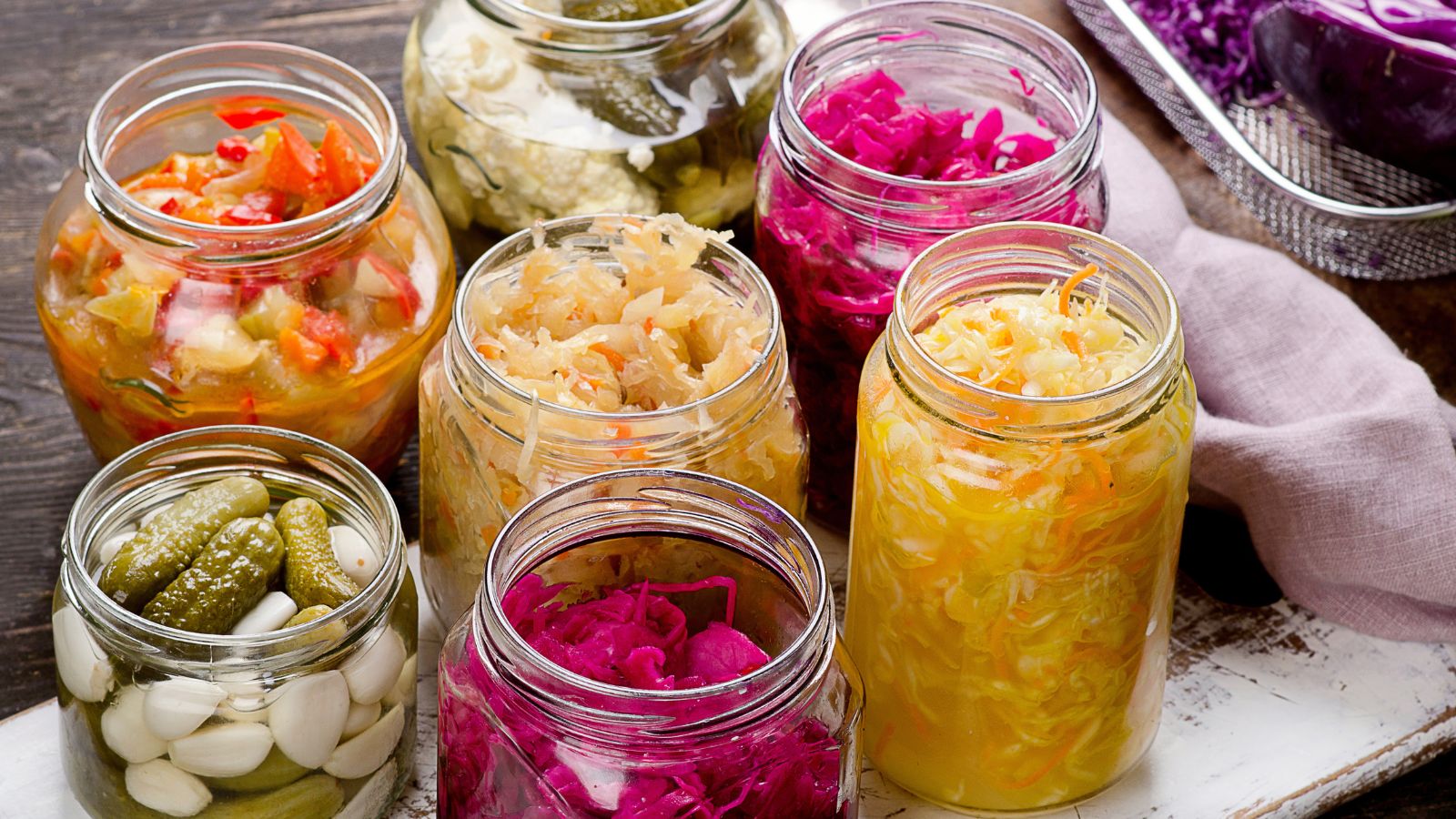
To ensure you have food to eat well into the future, it’s essential to store some non-perishable foods in an appropriate environment. For instance, canned vegetables, dried beans, and rice can last for years without spoiling, and Business Insider shares that honey, dehydrated meat, peanut butter, and milk are excellent additions.
Water
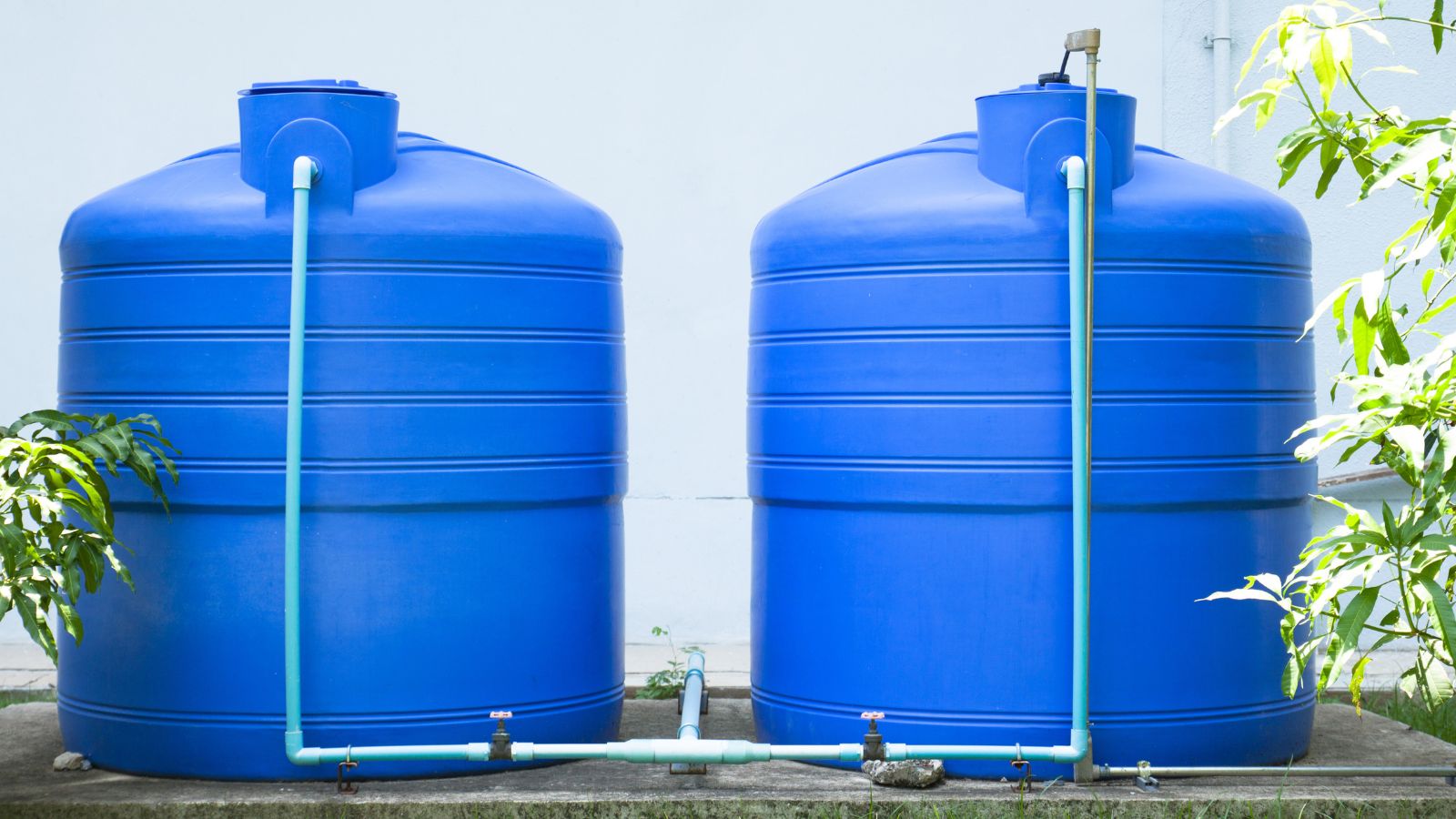
Of course, you should also store large quantities of water, and do this in sealed containers to keep your water clean. Water wouldn’t just be essential for hydration; it would also come in handy for hygiene and sanitation purposes. Keep some purification tablets and filters so that you can get clean water on demand, too.
First-aid Supplies
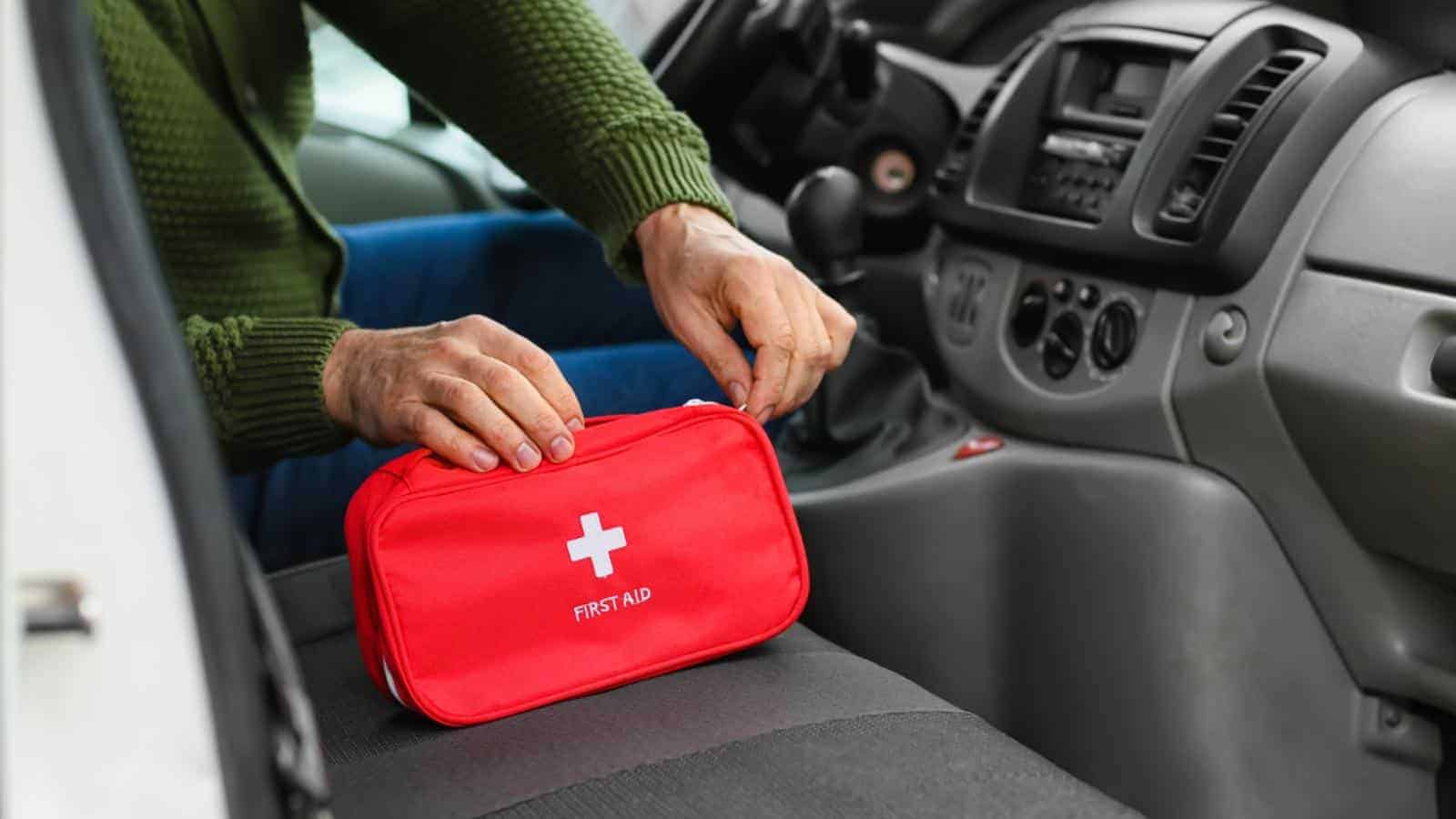
First-aid kits will help you deal with life-threatening situations immediately and also prevent the spread of infections. Loma Linda University tells us that some of the most important items to have in one include antiseptic wipes, antibacterial ointments, eye wash solutions, varying types of bandages, and tools like tweezers and CPR masks.
Batteries
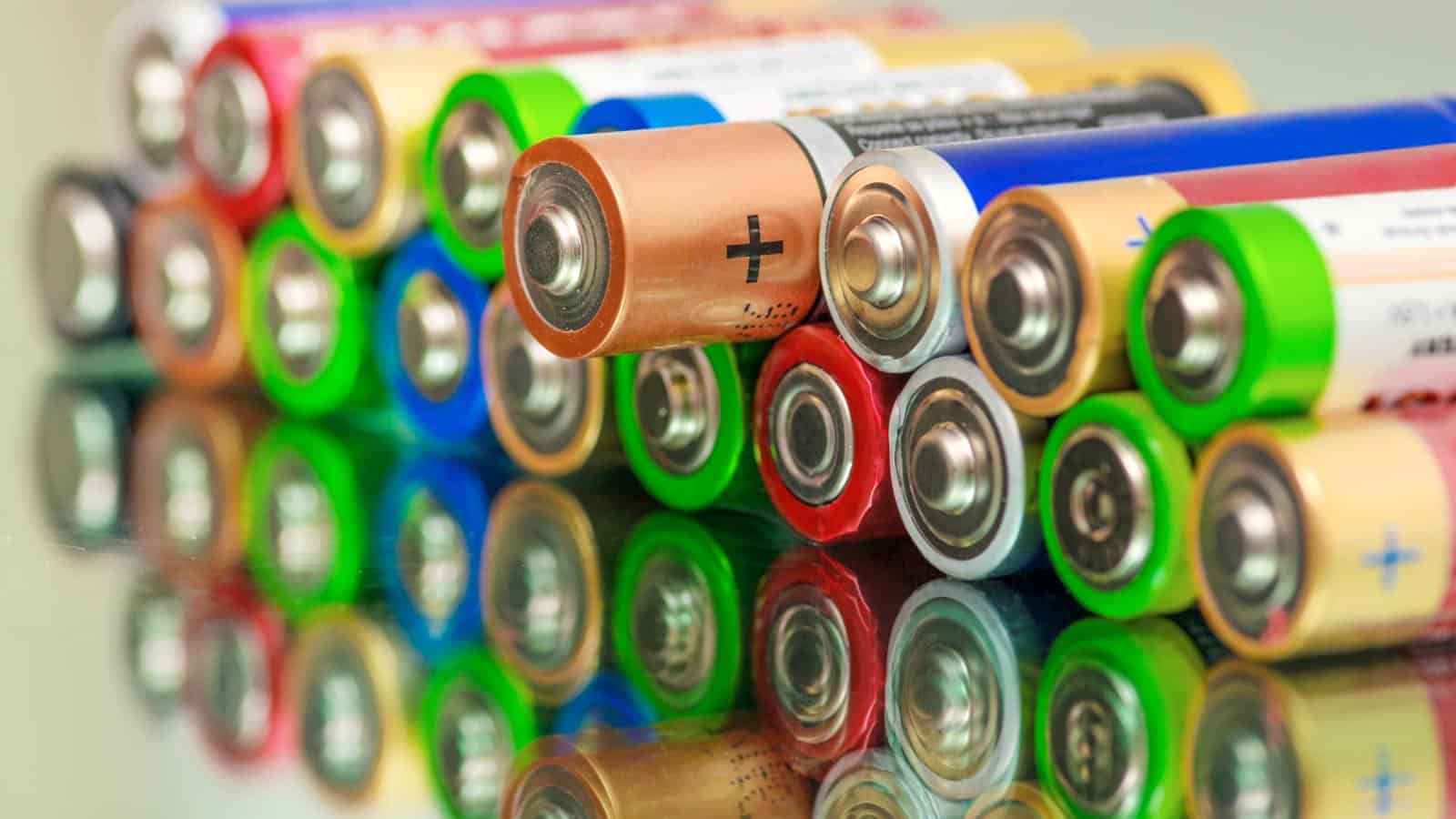
As they help you power many emergency devices, you should stockpile a variety of battery sizes as well. They keep your flashlights, radios, and communication devices like walkie-talkies functioning. Rechargeable batteries and solar chargers offer a sustainable power source and can be reliable backup solutions.
Flashlights
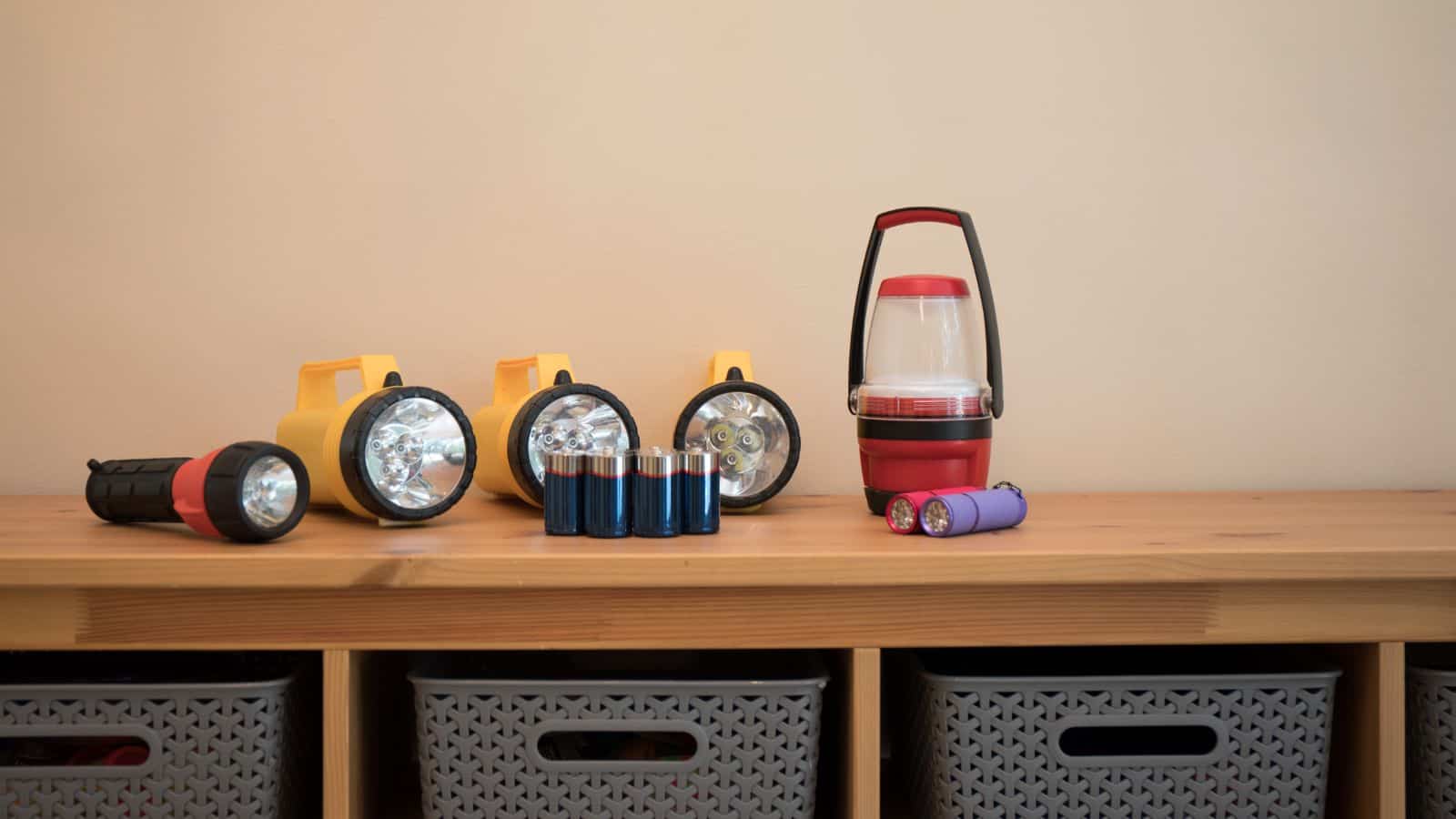
Flashlights are indispensable during power outages, and this is why you should keep several high-quality, long-lasting ones on hand. Store them in accessible locations with extra batteries to ensure they are always ready for use and can easily be found in the dark.
Portable Radio
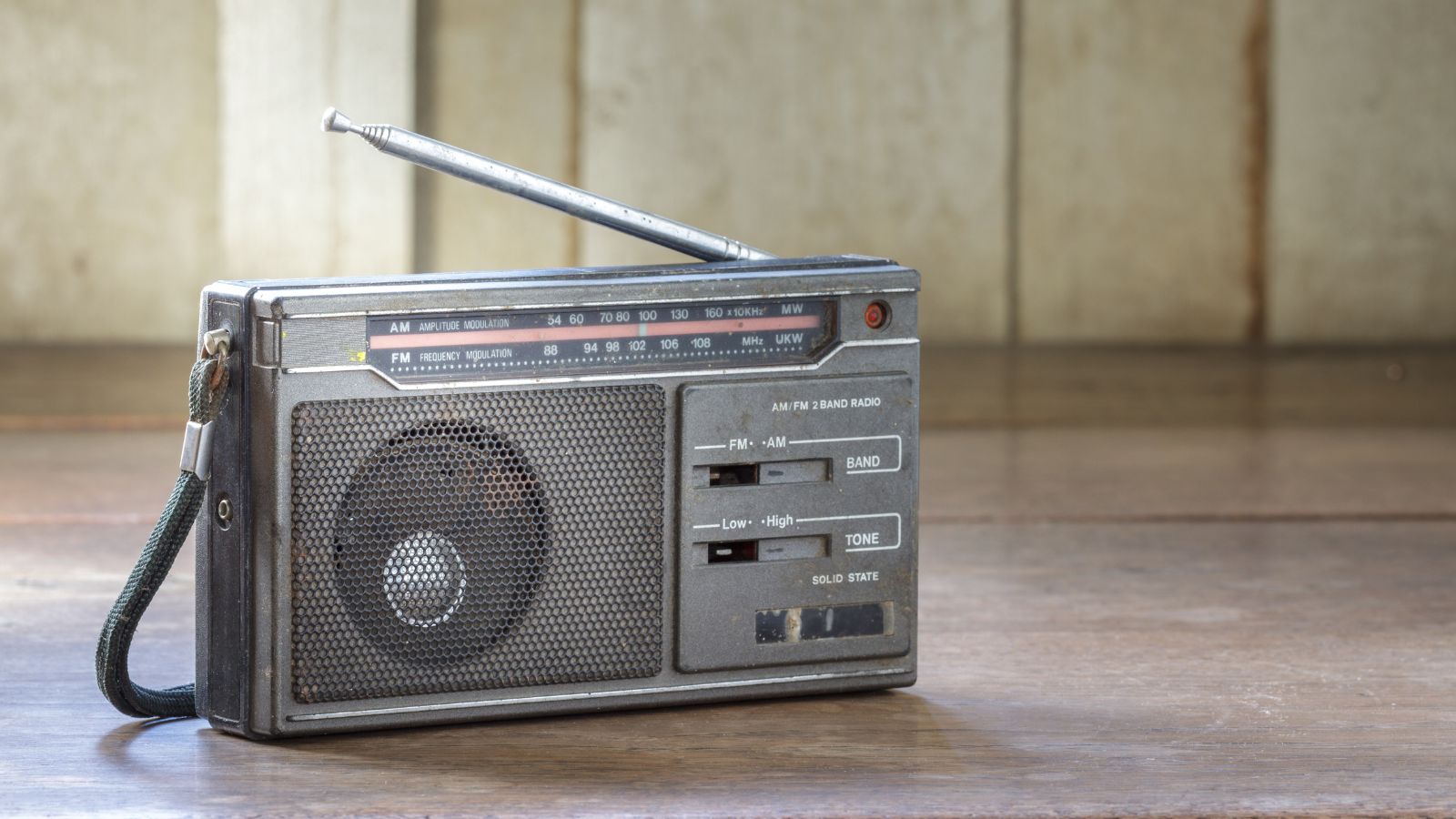
Crucial during emergencies, a portable radio ensures you can receive vital news and weather updates even when the power is out. Opt for a model that operates on batteries, solar power, or a hand crank to maintain functionality. This reliable access to information can be life-saving.
Blankets

For warmth and comfort in cold conditions, store a variety of blankets, including thermal and wool options. Emergency blankets made of reflective material offer lightweight, space-saving warmth and should be especially considered for their increased efficiency in retaining body heat.
Fire Starters

Fire starters are essential for cooking and warmth in the wild, and including matches and lighters in your supplies is one of the best things to do. You’ll get more value from waterproof matches proven to be durable when you find yourself in relatively tougher conditions.
Manual Can Opener
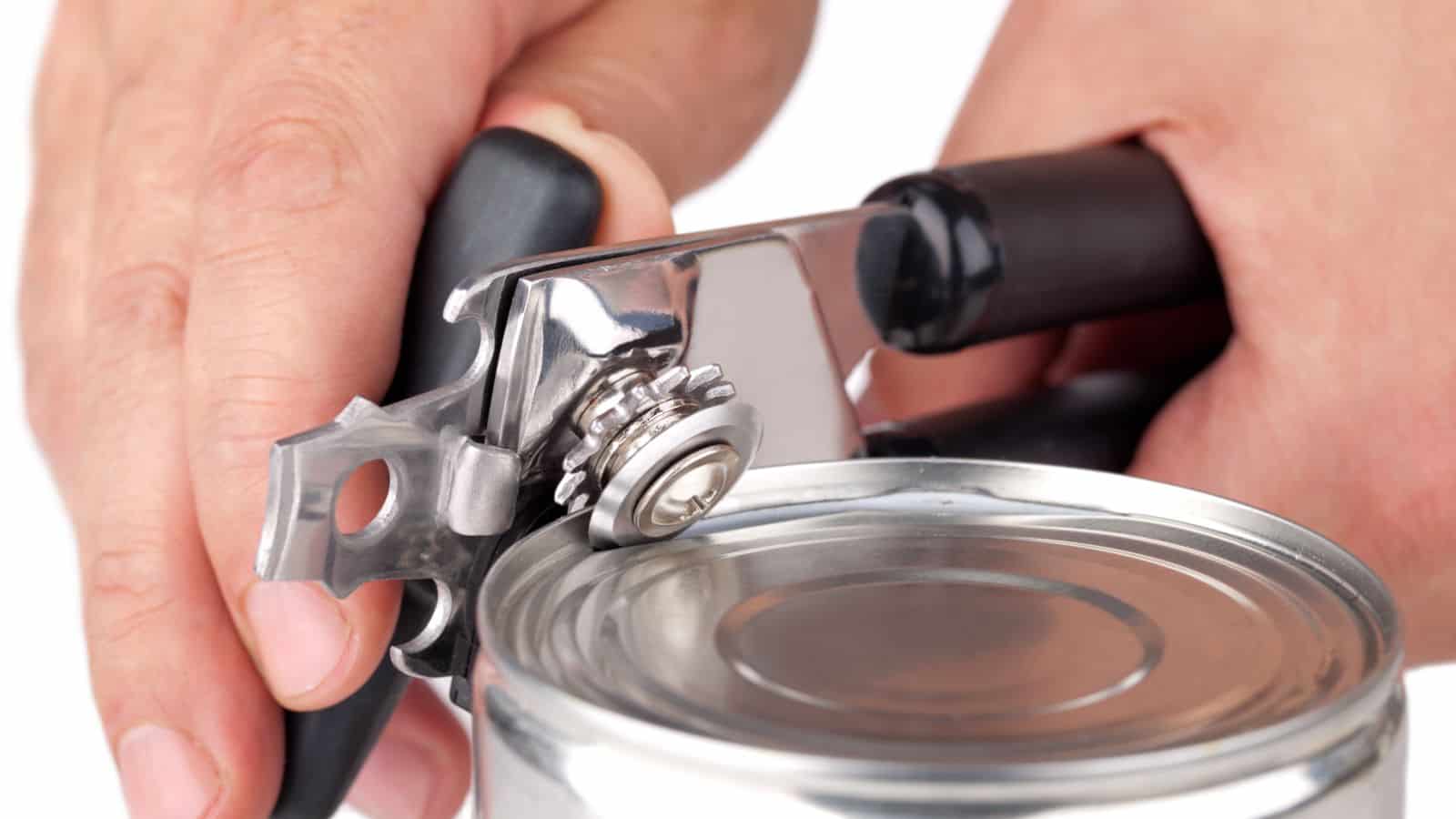
You’ll find a manual can opener very useful for getting canned food open during power outages when electric can openers become useless. They give you peace of mind by ensuring you have access to your non-perishable foods any time you want to. We haven’t even mentioned how much more portable they are than their electric counterparts.
Multi-tool
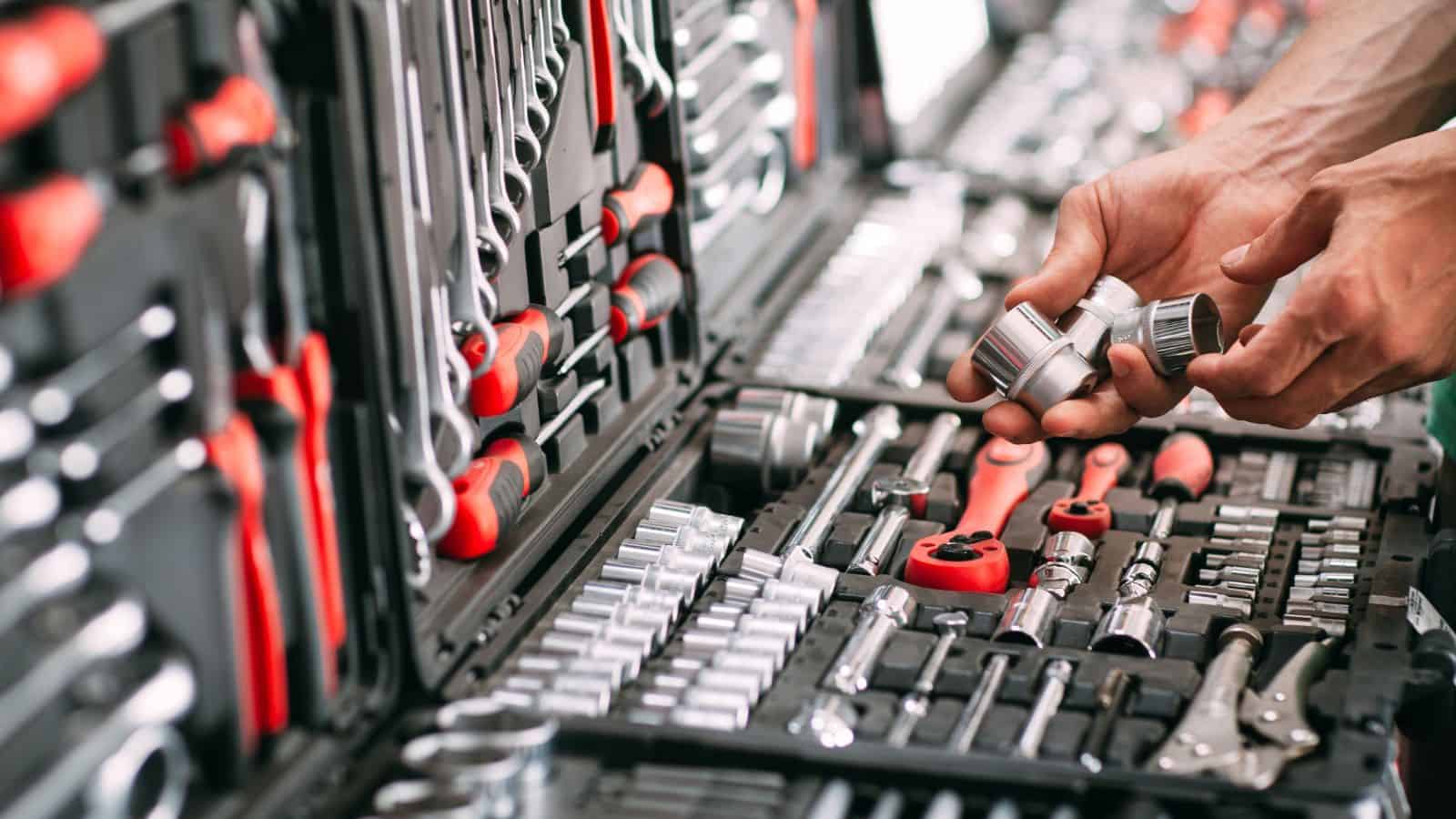
Multi-tools are invaluable in emergencies, as they’re compact devices that combine several tools into one, including knives, pliers, and screwdrivers. Armed reveals that the best multi-tools are additionally equipped with files, scissors, can openers, bottle openers, and wire insulation pullers.
Clothing
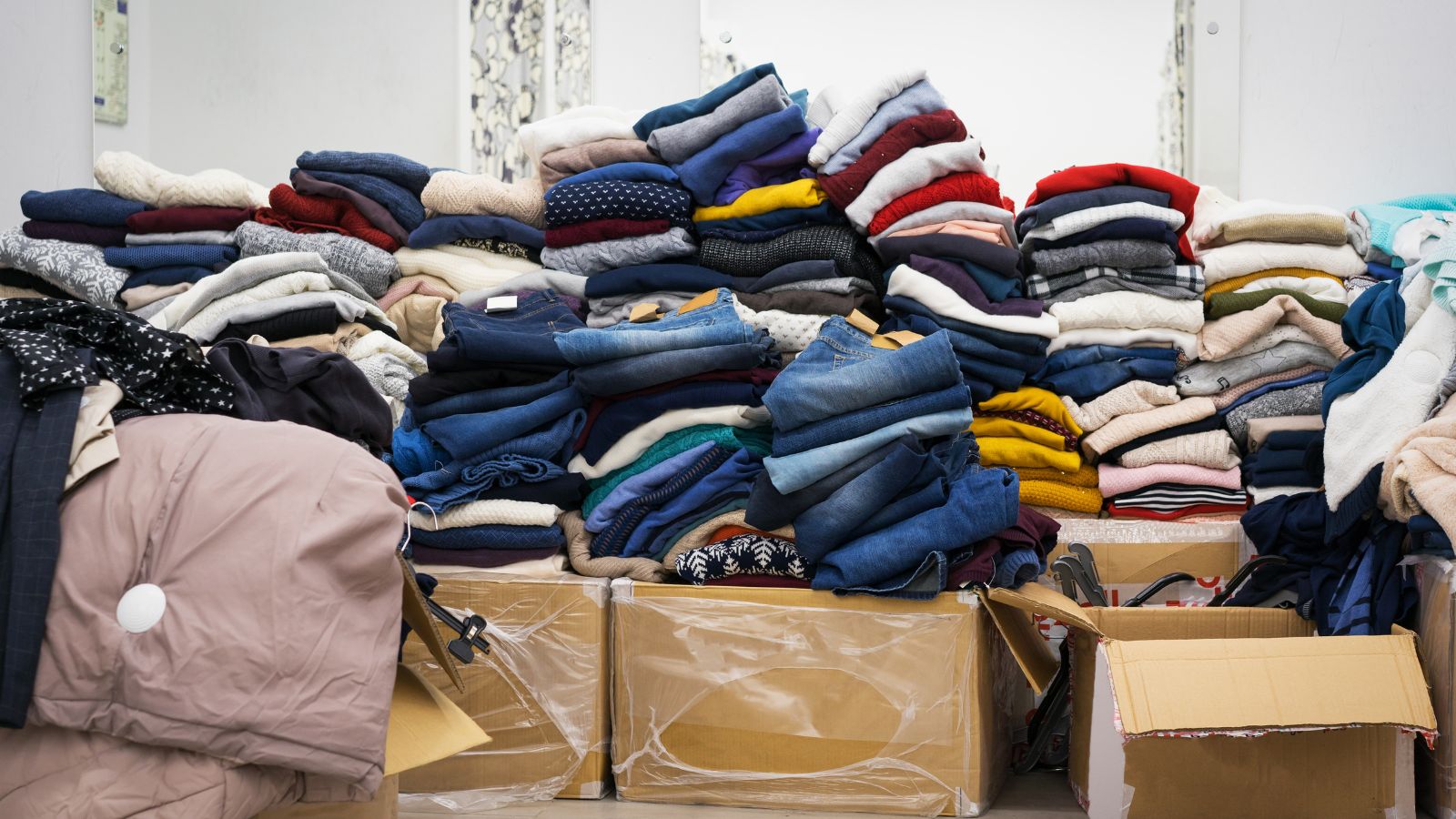
For survival in harsh environments, you should also stock up on durable, weather-appropriate apparel that has thermal layers and waterproof protection. Keep extra socks and underwear to maintain hygiene and comfort, and also take some sturdy, good-fitting footwear to prevent foot issues like blisters.
Cooking Equipment
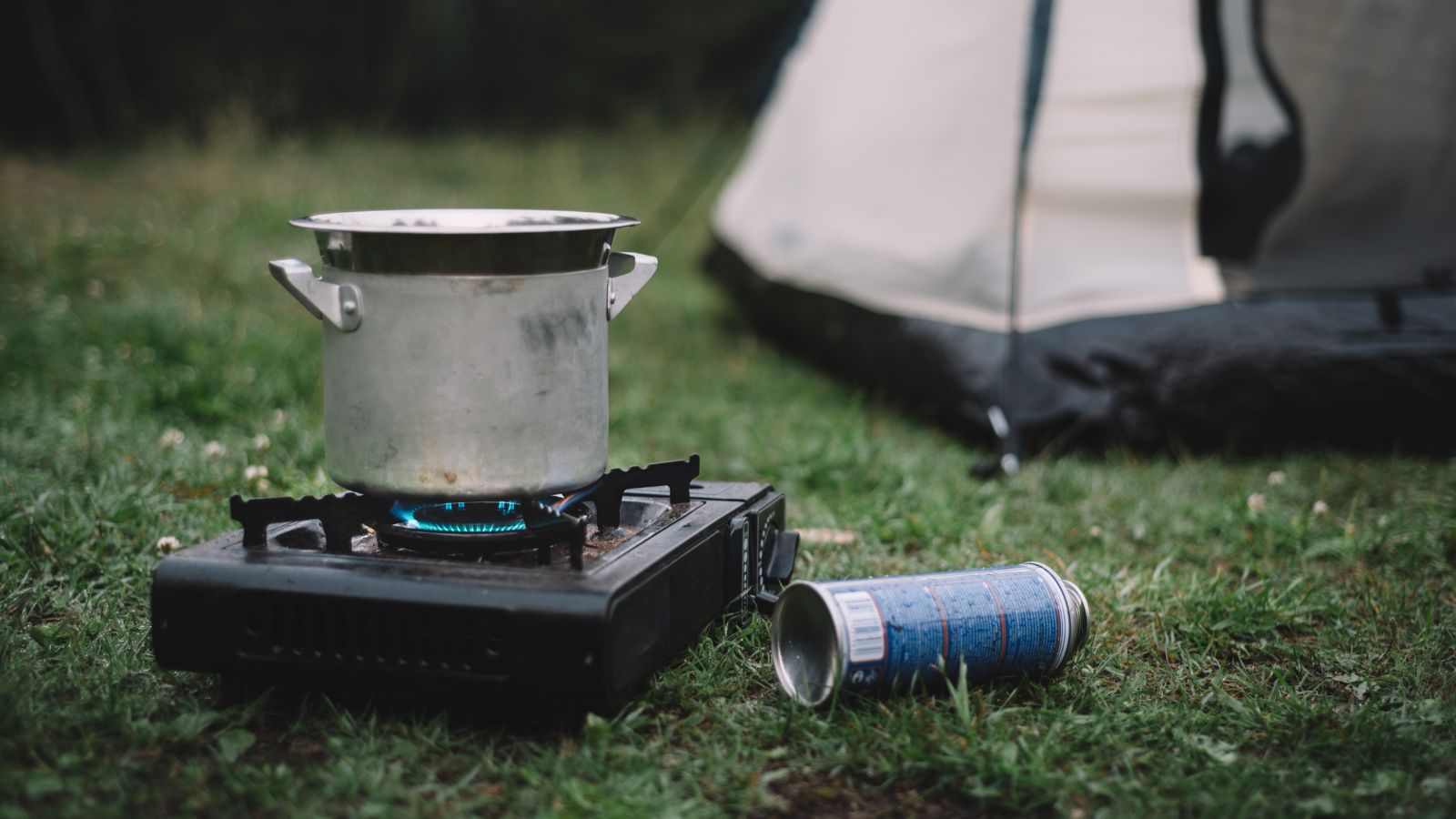
Portable cooking equipment will prove useful for meal preparation during outdoor expeditions. Consider options like a camping stove, portable grill, or solar cooker, and ensure you stock up on fuel and essential cooking utensils. This way, you’ll be prepared to cook food even without access to electricity.
Sanitation Supplies

Crucial for maintaining hygiene during emergencies, you should also get yourself personal sanitation supplies like toilet paper, soap, hand sanitizer, disinfectants, and sanitary wipes. To be safer, portable toilets and waste disposal bags will also help prevent the spread of diseases when regular plumbing is unavailable.
Personal Protection

Items like masks, gloves, and goggles are vital for safety and to properly protect yourself against contaminants. You should also have items for personal defense, like pepper spray, batons, or a whistle, as they’ll keep you safe against predators or aggressive individuals you may encounter while outside.
Building Tools

Basic building tools will help you repair equipment and mount new structures while outdoors. These tools include items like hammers, wrenches, screwdrivers, and nails, and you’ll be even more prepared for a disaster if you learn how to handle them beforehand.
Fuel
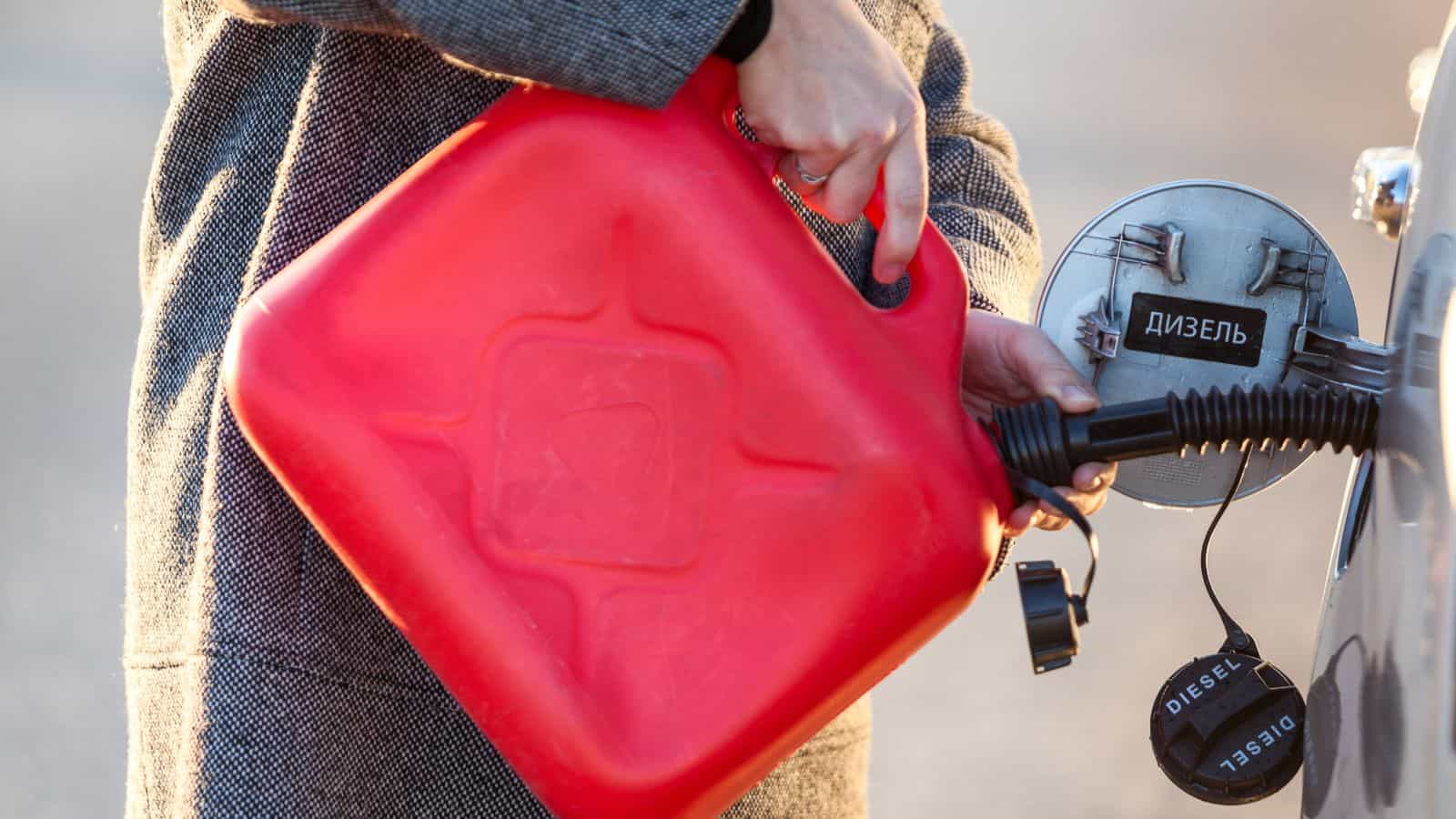
Generators, stoves, and vehicles are important and will need fuel to work. This is why you should definitely store some gasoline, propane, and firewood in safe, sealed containers. Make sure there’s proper ventilation where you intend to store your fuel to prevent accidents, and also confirm that there isn’t any ignition source nearby.
Seeds

Seeds are crucial for long-term food sustainability, and you should stockpile non-GMO varieties of vegetables, fruits, and herbs. Properly store them in a cool, dry place to maintain long-term viability, and you should also figure out a blueprint for a diverse garden to supplement your food supplies year-round.
Communication Devices

You stay connected to everyone else through communication devices, making walkie-talkies, satellite phones, and phone chargers essential items as well. These tools can provide a crucial lifeline to the outside world, and they enable you to coordinate with other people nearby on how to maneuver the disaster.
Cash

Cash is crucial during power outages too, and when you have small bills and coins on hand, you can easily buy and barter essential items when electronic payment systems fail. It ensures you aren’t at the mercy of anyone around, giving you peace of mind when resources are scarce.
Maps
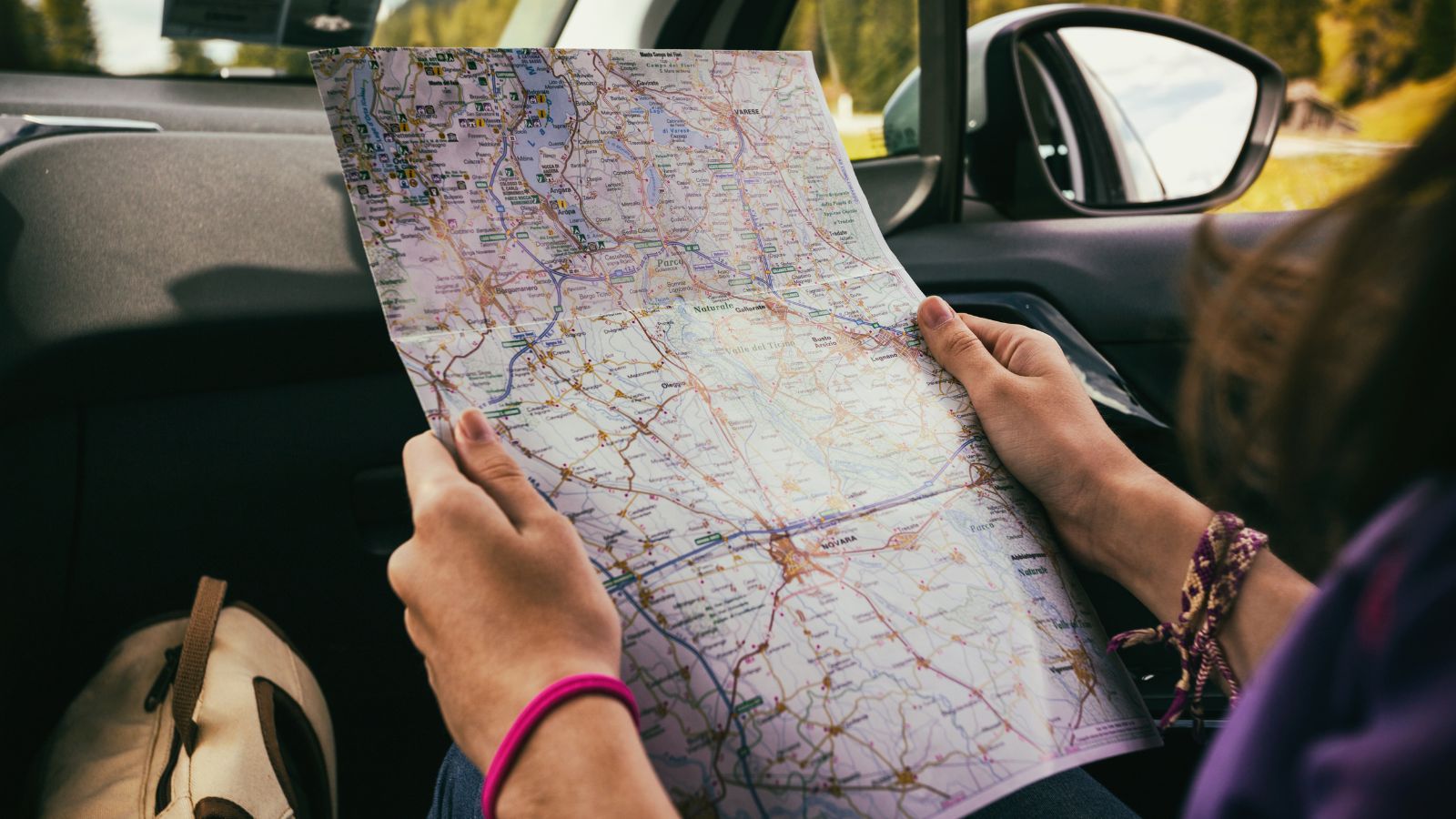
GisPeople explains that, whether after an earthquake or hurricane, maps will give everyone a sense of order and control. They are invaluable when GPS systems fail, and when everyone has detailed local and regional maps, it’ll be easier to find alternative routes to evacuate or navigate unfamiliar areas.
Books

To learn new information and have some form of entertainment, books will also prove to be invaluable resources. Stockpile survival guides, medical manuals, and other useful references, and be sure to include novels and diverse reading materials to keep morale high and provide a mental escape.
Up Next: 18 Cities in the US That Are So Bad You Won’t Want to Visit

While there are many beautiful cities in the U.S. that are well worth a visit, there are also some that you may want to avoid. This is largely due to high crime rates or issues with quality of life. Here are 18 U.S. cities that you won’t want to visit.
18 Cities in the US That Are So Bad You Won’t Want to Visit
19 American Cities That Disappoint Visitors So Much They Wish They Never Went
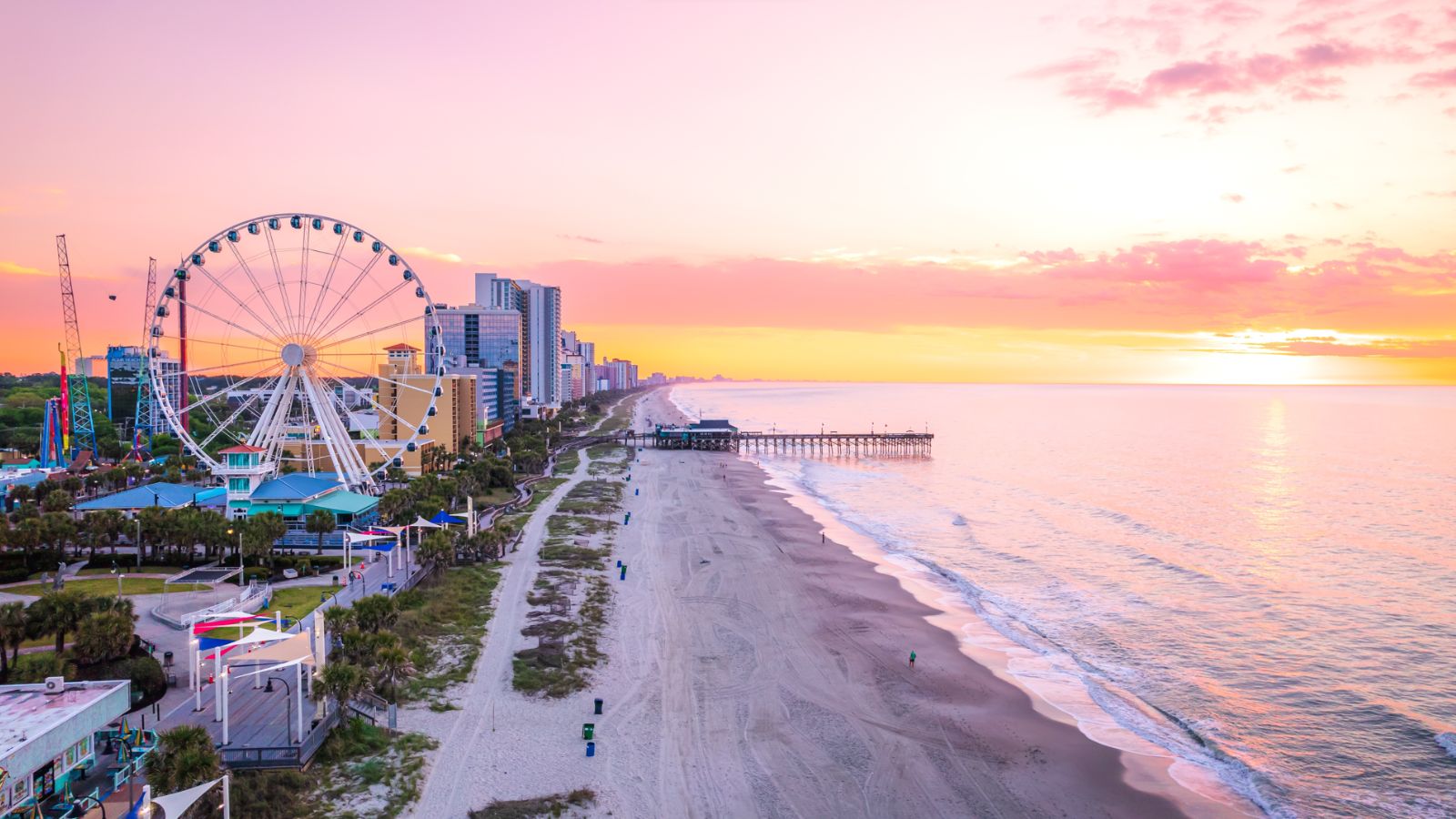
The United States is a vast country with over 109,000 cities and towns and many popular tourist hotspots, promising visitors fascinating history, famous landmarks, natural wonders, impressive architecture, and cultural delights. But not every city lives up to the hype! Here, we explore 19 American destinations that often leave visitors underwhelmed.
19 American Cities That Disappoint Visitors So Much They Wish They Never Went
19 Signs That Say You’ve Officially Entered Old Age

Old age comes for us all, though we do our best to resist it for as long as possible. But aging isn’t only gray hair, wrinkled skin, and yelling at kids to get off your lawn. Here are 19 signs you’ve realized you’re no longer the young stud you once were!
